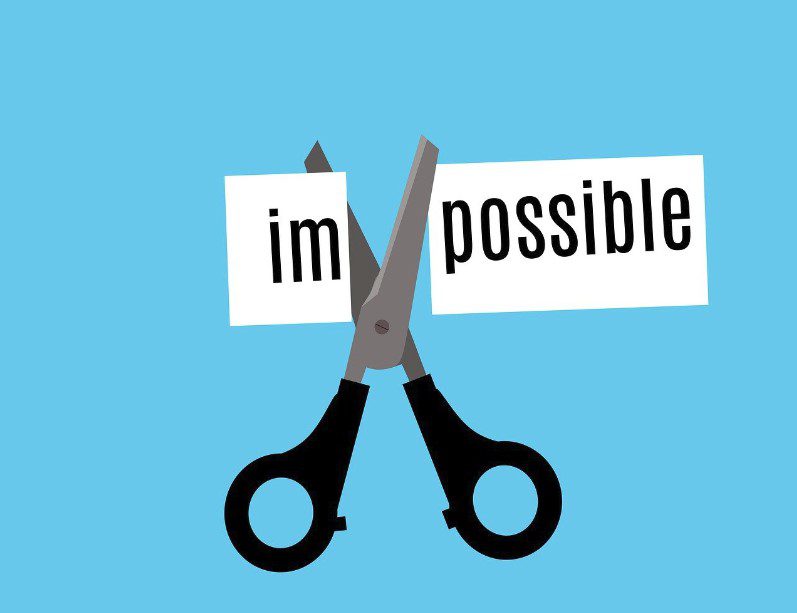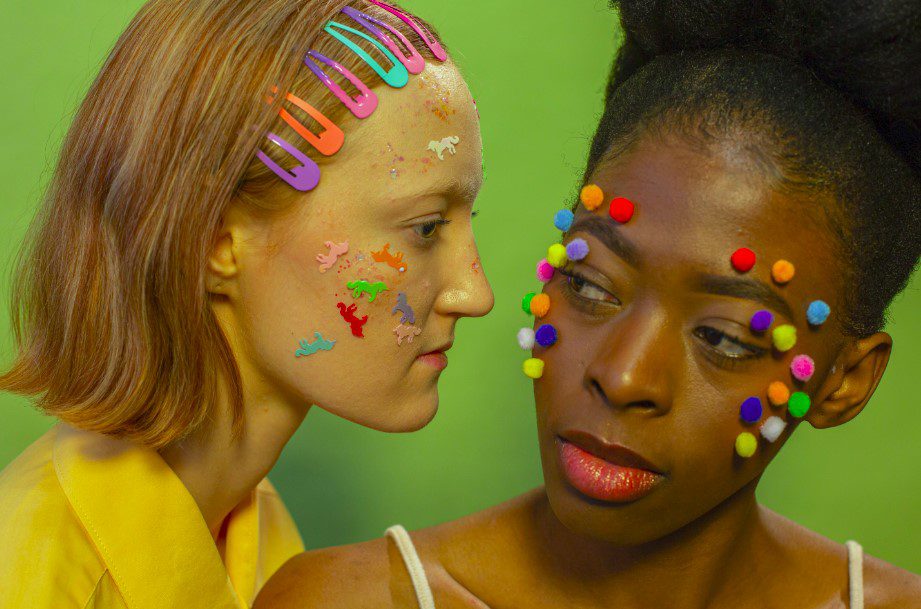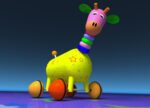Parenting is a remarkable journey filled with love, joy, and countless challenges. However, amid the laughter and emotions it offers, there lies a subtle yet significant concern that often goes unnoticed – the unintentional biases and stereotypes that we, as parents, unwittingly transmit to children.
It’s a realization that strikes at the very heart of our commitment to nurturing the current and next generations.
Even with the best intentions, we may inadvertently allow these biases to seep into our interactions, shaping our children’s worldviews in ways we might not even be aware of.
This article explores this complex issue, offering insights and guidance for self aware parenting.
What Are Unconscious Biases or Stereotypes?
Unintentional biases, also known as implicit or unconscious biases, are often ingrained attitudes or stereotypes that affect our judgments and decision-making without us being aware. They can influence our perceptions and interactions with others.
These biases are actually nurtured by our upbringing, media exposure, and societal norms. They can lead to unfair judgments, even if we genuinely believe we are being impartial.
It is important to note that we do not have to be consciously aware of our biases in order to pass them on to our children. Even well-intentioned parents can reinforce stereotypes without realizing it.
Unconscious biases prevent us from seeing fairly and accurately the information or the people in front of us.
University of Victoria
Let us Identify These Unintentional Biases

To address unintentional biases, it is essential to engage in self-reflection. We should ask ourselves the tough questions:
- Do we make assumptions about people based on their race, gender, or other characteristics?
- Are we passing on stereotypes without realizing it?
There are many biases and stereotypes that we might unintentionally be passing on to our children.
Common examples include:
1. Gender Stereotypes:
Many of us parents unintentionally reinforce gender stereotypes by encouraging our sons to play with certain toys and our daughters to play with others, or by praising our sons for being “tough” and daughters for being “pretty.” This can lead children to believe that there are certain things that different genders are good at and not good at. This unintentionally limits their options in life.
2. Racial and Ethnic Biases:
Just as well, we may also unintentionally reinforce racial stereotypes by talking about people of different races in certain ways, or by exposing our children to media that reinforces these stereotypes. This can make children develop negative attitudes towards people of certain races, and can make it difficult for them to form positive relationships with people from different backgrounds.
3. Socioeconomic Stereotypes:
We may also unintentionally reinforce socioeconomic stereotypes by talking about people from different backgrounds in certain ways, or by exposing children to media that reinforces these stereotypes. This can make the little ones develop negative attitudes towards people from different backgrounds. This can make it difficult for them to form positive relationships with people from different backgrounds.
4. Disability Stereotypes:
We parents may also unintentionally reinforce disability stereotypes by talking about people with disabilities in certain ways. We may also expose our children to media that reinforces these stereotypes. This can make them develop negative attitudes towards people with disabilities, and impacting their understanding of disability, inclusion, and equality.
5. Educational Bias:
Our attitudes toward education can affect children’s perceptions of the value of different educational paths, potentially limiting their opportunities and career choices.
6. Physical Appearance Bias:
When we make comments about the physical appearances of children, we may inadvertently perpetuate biases related to body image, attractiveness, and self-esteem.
7. Language and Cultural Bias:
When we express biases against specific languages, dialects or cultures, we can influence children’s attitudes toward linguistic diversity and multiculturalism. When we show discomfort with cultures different from our own, we limit children’s cultural understanding and openness.
What We Can Do to Avoid These Biases & Stereotypes

Yes, we all embark on a parenting journey with the purest of intentions. We want nothing but the best for our children. But the truth is, everyone of us has biases in life. It is important to be aware of them so that we can take steps to mitigate them.
Here are some things we can do to help mitigate the risk of passing on biases and stereotypes to our loves ones:
1. Listen and Learn
Actively seek information about diversity in life. Read a lot, talk to people, and seek feedback from others, particularly from those with diverse backgrounds. Their insights can shed light on your blind spots and help you become more aware of your unintentional biases.
2. Open Dialogue
Maintaining open communication with children is vital. Encourage them to ask questions, express their thoughts, and share their experiences. Create a safe space where they feel comfortable discussing sensitive topics. While at it, talk to them about biases and stereotypes. Explain what they are and how they can be harmful.
Be mindful of the language you use around children. Avoid using language that reinforces stereotypes.
Encourage them to ask questions and to be critical of the information that they receive.
3. Teach Empathy and Inclusivity
Promote empathy by teaching your child to understand and respect differences. Help them appreciate the value of diversity and the importance of treating everyone with kindness and respect.
4. Challenge Stereotypes
Be proactive in challenging stereotypes, both within your family and in society. Discuss how media portrays different groups and highlight instances where stereotypes are perpetuated.
5. Expose Children to Diversity
Expose your child to diverse experiences, cultures, and perspectives. Attend cultural events, visit museums, and read books that celebrate different backgrounds. Encourage them to make friends from various walks of life.
Expose children to a diverse range of people and experiences. This will help them to learn that people of all backgrounds are capable of great things, and that they are just people!
The Last Word
While unintentional biases can inadvertently be passed on to our children, we have the power to change the narrative. We can do this by understanding our own biases, in order to foster open communication. We can also take proactive steps, and shape our children’s perspectives in a more inclusive and equitable manner.
Remember, parenting is a constant learning process, and the willingness to adapt and grow is the key to raising children who are empathetic, open-minded, and free from the burden of stereotypes.





Leave a Reply